Q: What is vaccum currcuit breaker.define with cause and where be use it Device?
A: A breaker is normally used to break a circuit. While breaking the circuit, the contact terminals will be separated. At the time of separation an air gap is formed in between the terminals. Due to existing current flow the air in the gap is ionized and results in the arc. Various mediums are used to quench this arc in respective CB’s. But in VCB the medium is vaccum gas. Since the air in the CB is having vaccum pressure the arc formation is interrupted. VCB’s can be used up to 11kv.
Q: What is SF6 Circuit Breaker?
A: SF6 is Sulpher Hexa Flouride gas..this gas is used as arc quenching medium in a Circuit breaker means SF6 CB.
Q: What is the difference between MCB & MCCB, Where it can be used?
A: MCB is miniature circuit breaker which is thermal operated and use for short circuit protection in small current rating circuit. MCCB molded case circuit breaker and is thermal operated for over load current and magnetic operation for instant trip in short circuit condition. Under voltage and under frequency may be inbuilt. Normally it is used where normal current is more than 100A.
Q: Why ELCB can’t work if N input of ELCB do not connect to ground?
A: ELCB is used to detect earth leakage fault. Once the phase and neutral are connected in an ELCB, the current will flow through phase and that much current will have to return neutral so resultant current is zero. Once there is a ground fault in the load side, current from phase will directly pass through earth and it will not return through neutral through ELCB. That means once side current is going and not returning and hence because of this difference in current ELCB will trip and it will safe guard the other circuits from faulty loads. If the neutral is not grounded, fault current will definitely high and that full fault current will come back through ELCB, and there will be no difference in current.
Q: What is use of lockout relay in HT voltage?
A: A lock-out relay is generally placed in line before or after the e-stop switch so the power can be shut off at one central location. This relay is powered by the same electrical source as the control power and is operated by a key lock switch. The relay itself may have up to 24 contact points within the unit itself. This allows the control power for multiple machines to be locked out by the turn of a single key switch.
Q: What is reverse power relay?
A: Reverse Power flow relay are used in generating station’s protection. A generating station is supposed to feed power to the grid and in case generating units are off, there is no generation in the plant then plant may take power from grid. To stop the flow of power from grid to generator we use reverse power relay.
Q: What is difference between fuse and breaker?
A: Fuses are burned at the time of over current flows in the circuit but breakers are just open (not burn) at the time of over current flow. Fuses are used in only one time but breakers are used by multiple numbers of times.
Q: How tube light circuit is connected and how it works?
A: A choke is connected in one end of the tube light and a starter is in series with the circuit. When supply is provided, the starter will interrupt the supply cycle of AC. Due to the sudden change of supply the chock will generate around 1000volts. This volt will capable of to break the electrons inside the tube to make electron flow. Once the current passes through the tube the starter circuit will be out of part. Now there is no change of supply causes choke voltage normalized and act as minimize the current.
Q: Why when birds sit on transmission lines or current wires doesn’t get shock?
A: It’s true that if birds touch the single one line (phase or neutral) they don’t get electrical shock… if birds touch 2 lines than the circuit is closed and they get electrical shock. so if a human touch single one line (phase) then he doesn’t get shock if he is in the air (not touching – standing on the ground if he is standing on the ground then touching the line (phase) he will get a shock because the ground on what we standing is like line (ground bed – like neutral) and in the most of electric lines the neutral is grounded. so that means that human who touch the line closes the circuit between phase and neutral.
Q: Which type of A.C motor is used in the fan (ceiling fan, exhaust fan, pedestal fan, bracket fan etc) which are find in the houses?
A: Its Single Phase induction motor which mostly squirrel cage rotor and are capacitor start capacitor run.
Q: What is an exciter and how does it work?
A: There are two types of exciters, static exciter and rotary exciter. Purpose of exciter is to supply the excitation dc voltage to the fixed poles of generator.Rotory exciter is an additional small generator mounted on the shaft of main generator. If it is dc generator, it will supply dc to the rotory poles through slip ring and brushes (conventional alternator). if it is an ac exciter, out put of ac exciter is rectified by rotating diodes and supply dc to main fixed poles.AC exciter is the ac generator whose field winding are stationary and armature rotates. Initial voltage is built up by residual magnetism. It gives the starting torque to the generator.
Q: What happens if we connect a capacitor to a generator load?
A: Connecting a capacitor across a generator always improves powerfactor, but it will help depends up on the engine capacity of the alternator, other wise the alternator will be over loaded due to the extra watts consumed due to the improvement on pf. Secondly, don’t connect a capacitor across an alternator while it is picking up or without any other load.
Q: Explain the working principal of the circuit breaker?
A: Circuit Breaker is one which makes or breaks the circuit. It has two contacts namely fixed contact & moving contact. Under normal condition the moving contact comes in contact with fixed contact thereby forming the closed contact for the flow of current. During abnormal & faulty conditions (when current exceeds the rated value) an arc is produced between the fixed & moving contacts & thereby it forms the open circuit Arc is extinguished by the Arc Quenching media like air, oil, vaccum etc.
Q: What is CT and PT? Where it is used?
A: The term C.T means current transformer, and the term P.T means potential transformer. In circuit where measurements of high voltage and high current is involved they are used there. Particularly when a measuring device like voltmeter or ammeter is not able to measure such high value of quantity because of large value of torque due to such high value it can damage the measuring device. So CT and PT are introduced in the circuits. They work on the same principle of transformer, which is based on linkage of electromagnetic flux produced by primary with secondary. They work on the ratio to they are designed.E.g if CT’s of ratio 5000\5A and it has to measure secondary current of 8000A.then ANS=8000*5\5000=8Aand this result will be given to ammeter and after measuring 8A we can calculate the primary current. Same system of the operation followed in PT but it is for measuring voltage.
Q: what is meant by insulation voltage in cables? Explain it?
A: It is the property of a cable by virtue of it can withstand the applied voltage without rupturing it is known as insulation level of the cable.
Q: Where should the lighting arrestor be placed in distribution lines?
A: Near distribution transformers and out going feeders of 11kv and incoming feeder of 33kv and near power transformers in sub-stations.
Q: Why Delta Star Transformers are used for Lighting Loads?
A: For lighting loads, neutral conductor is must and hence the secondary must be star winding.The lighting load is always unbalanced in all three phases. To minimize the current unbalance in the primary we use delta winding in the primary. So delta / star transformer is used for lighting loads.
Q: How electrical power is generated by an A.C Generator?
A:For the generation of elect power we need a prime mover which supplies mechanical power input to the alternator, can be steam turbines or hydro turbines .When poles of the rotor moves under the armature conductors which are placed on the stator ,field flux cut the armature conductor ,therefore voltage is generated and is of sinusoidal in nature…due to polarity change of rotor poles(i.e.) N-S-N-S.
Q: When voltage increases then current also increases then what is the need of over voltage relay and over current relay? Can we measure over voltage and over current by measuring current only?
A: No, We can’t sense the over voltage by just measuring the current only because the current increases not only for over voltages but also for under voltage (As most of the loads are non-linear in nature).So, the over voltage protection & over current protection are completely different. Over voltage relay meant for sensing over voltages & protect the system from insulation break down and firing. Over current relay means for sensing any internal short circuit, over load condition, earth fault there by reducing the system failure & risk of fire. So for the better protection of system. It should have both over voltage & over current relay.
Q: What is the power factor of an alternator at no load?
A: At no load Synchronous Impedance of the alternator is responsible for creating angle difference. So it should be zero lagging like inductor.
Q: In three pin plug 6 Amp. 220v AC rating. Why earth pin diameter is higher than other two pin? What its purpose?
A: Because Current flow in the conductor is inversely proportional to the conductor diameter. So if any short circuits occur in the system first high currents bypassed in the Earth link terminal. ( R=Pl/a area of the conductor increases resistance value decreases)
Q: Why should be the frequency 50 Hz 60Hz only why not others like 42, 90,58,35 or any thing, why should we maintain the frequency constant if so why it is only 50 Hz 60Hz?
A: We can have the frequency at any frequency you like, but than you must also make your own motors, high voltage transformers or any other equipment you want to use. We maintain the frequency at 50 Hz or 60 Hz because the world maintains a standard at 50 /60 Hz and the equipments are made to operate at these frequency
Q: Why we use AC system in India why not DC?
A: The output of power stations comes from a rotary turbine, which by its nature is AC and therefore requires no power electronics to convert to DC. Secondly it is much easier to change the voltage of AC electricity for transmission and distribution. Thirdly the cost of plant associated with AC transmission (Circuit breakers, transformers etc) is much lower than the equivalent of DC transmission AC transmission provides a number of technical advantages. When a fault on the network occurs, a large fault current occurs. In an AC system this becomes much easier to interrupt, as the sine wave current will naturally tend to zero at some point making the current easier to interrupt.
Q: In a Tap changing transformer where is the tap connected, is it connected in the primary side or secondary side?
A: Tapings are connected to high voltage winding side, because of low current. If we connect tapings to low voltage side, sparks will produce while tap changing operation due to high current.
Q: Capacitor is load free component but why ampere meter shows current when capacitor bank’s breakers close?
A: As we know that Electrical is having two type of load, Active and Reactive .Capacitor is a reactive load which is not considering as a load & its factor is Isin@ .Meter is design based on Current RMS value because of it meter is showing the current RMS value.
Q: What are the types of power in electrical power?
A: There are normally three types of power are counted in electrical power. They are,
- Apparent power
- Active power
- Reactive power
Q: Why link is provided in neutral of an ac circuit and fuse in phase of ac circuit?
A: Link is provided at a Neutral common point in the circuit from which various connections are taken for the individual control circuit and so it is given in a link form to withstand high Amps. But in the case of Fuse in the Phase of AC circuit it is designed such that the fuse rating is calculated for the particular circuit (i.e. load) only. So if any malfunction happen the fuse connected in the particular control circuit alone will blow off.
Q: Why use the VCB at High Transmission System? Why can’t we use ACB?
A: Actually the thing is vaccum has high arc quenching property compare to air because in VCB, the die electric strengths equal to 8 times of air. That y always vaccum used as in HT breaker and air used as in LT.
Q: What are the power losses in rotating electrical machines?
A: Power losses in rotating electrical machines are Copper losses, core losses, mechanical losses and stray losses.
Q: What is the difference between delta-delta, delta-star transformer?
A: Delta-delta transformer is used at generating station or a receiving station for Change of Voltage (i.e.) generally it is used where the Voltage is high & Current is low. Delta-star is a distribution kind of transformer where from secondary star neutral is taken as a return path and this configuration is used for Step down voltage phenomena
Q: What is the difference between generator and alternator?
A: Generator and alternator are two devices, which converts mechanical energy into electrical energy. Both have the same principle of electromagnetic induction, the only difference is that their construction. Generator persists stationary magnetic field and rotating conductor which rolls on the armature with slip rings and brushes riding against each other, hence it converts the induced emf into DC current for external load whereas an alternator has a stationary armature and rotating magnetic field for high voltages but for low voltage output rotating armature and stationary magnetic field is used.
Q: Why transformer ratings are in KVA?
A: Since the power factor of transformer is dependent on load we only define VA rating and does not include power factor .In case of motors, power factor depend on construction and hence rating of motors is in Kilo Watts and include power factor.
Q: Which type of motor is used in trains, what is the rating of supply used explain Working principal?
A: DC series is in the trains to get high starting torque while starting of the trains and operating voltage is 1500v dc.
Q: What are the advantages of star-delta starter with induction motor?
A :1) the main advantage of using the star delta starter is reduction of current during the starting of the motor. Starting current is reduced to 3-4 times of current of Direct online starting. (2). Hence the starting current is reduced; the voltage drops during the starting of motor in systems are reduced.
Q: What are the transformer losses?
A: Transformer losses have two sources-copper loss and magnetic loss. Copper losses are caused by the resistance of the wire (I2R). Magnetic losses are caused by eddy currents and hysterics in the core. Copper loss is a constant after the coil has been wound and therefore a measurable loss. Hysterics loss is constant for a particular voltage and current. Eddy-current loss, however, is different for each frequency passed through the transformer.
Q: what is power factor? Whether it should be high or low? Why?
A: Power factor should be high in order to get smooth operation of the system. Low power factor means losses will be more. It is the ratio of true power to apparent power. It has to be ideally 1. if it is too low then cable over heating & equipment overloading will occur. if it is greater than 1 then load will act as capacitor and starts feeding the source and will cause tripping.(if pf is poor ex: 0.17 to meet actual power load has to draw more current(V constant),result in more losses if pf is good ex: 0.95 to meet actual power load has to draw less current(V constant),result in less losses).
Q: How many types of cooling system it transformers?
A: 1. ONAN (oil natural, air natural)
- ONAF (oil natural, air forced)
- OFAF (oil forced, air forced)
- ODWF (oil direct, water forced)
- OFAN (oil forced, air forced)
Q: What is the difference between surge arrestor and lightning arrestor?
A: Lighting Arrestor is installed outside and the effect of lightning is grounded, where as surge arrestor installed inside panels comprising of resistors which consumes the energy and nullify the effect of surge.
Q: What is Automatic Voltage Regulator (AVR)?
A: AVR is an abbreviation for Automatic Voltage Regulator. It is important part in Synchronous Generators; it controls the output voltage of the generator by controlling its excitation current. Thus it can control the output Reactive Power of the Generator.
Q: Which motor has high Starting Torque and Staring current DC motor, Induction motor or Synchronous motor?
A: DC Series motor has high starting torque. We can start the Induction motor and Synchronous motors on load, but can not start the DC series motor without load.
Also Read: VFD Drives Working Principle
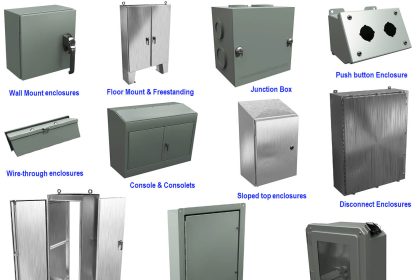
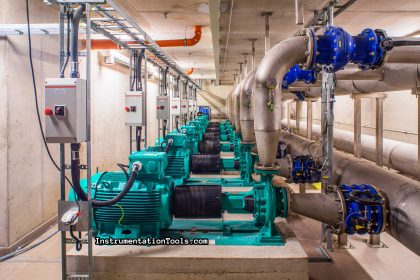
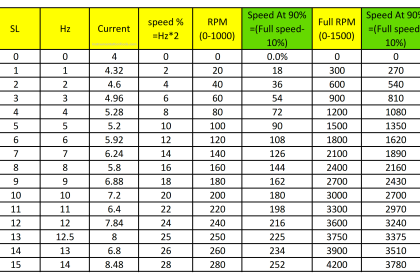
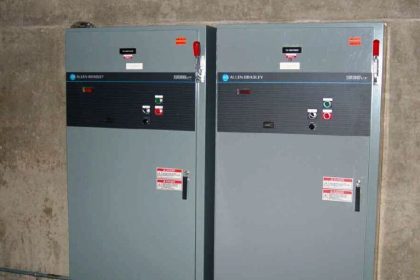
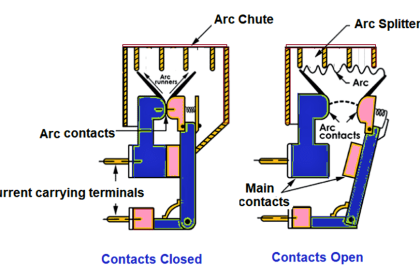

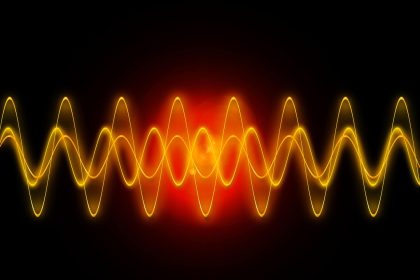
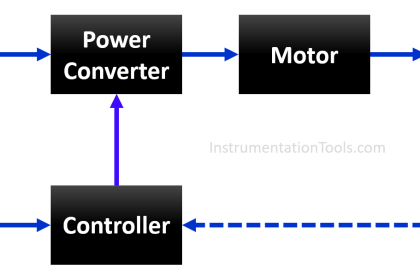
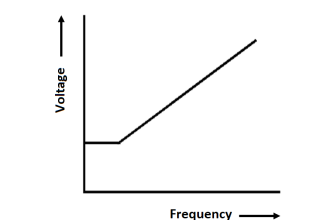
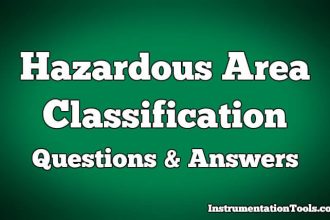

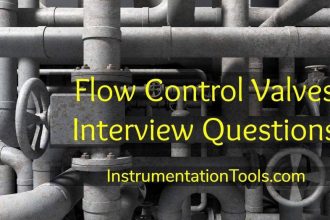

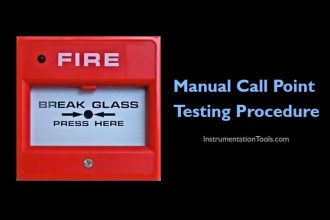
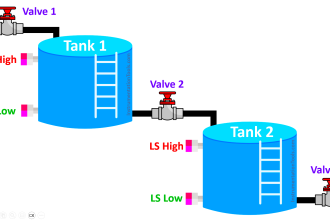
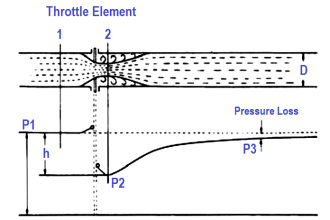

Thanks for valuable information and can write about vfd basics and interview questions and answers.
Good nformation in this sight